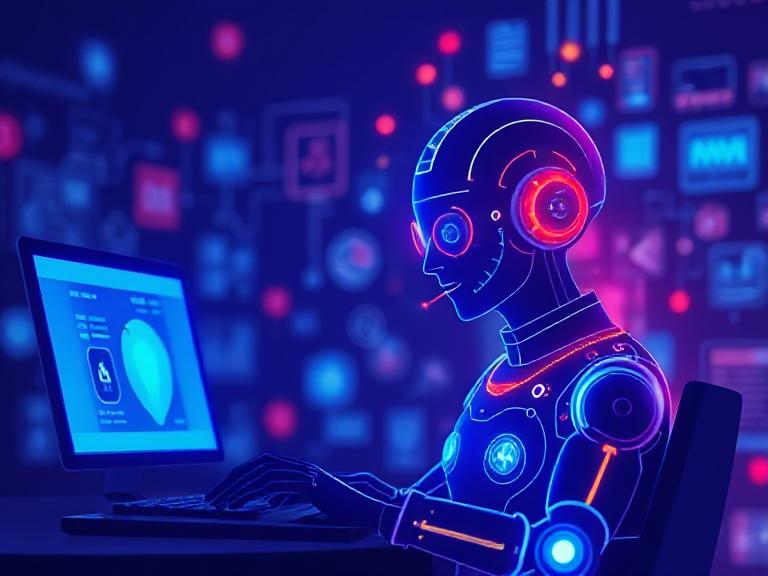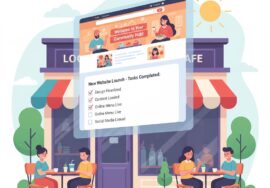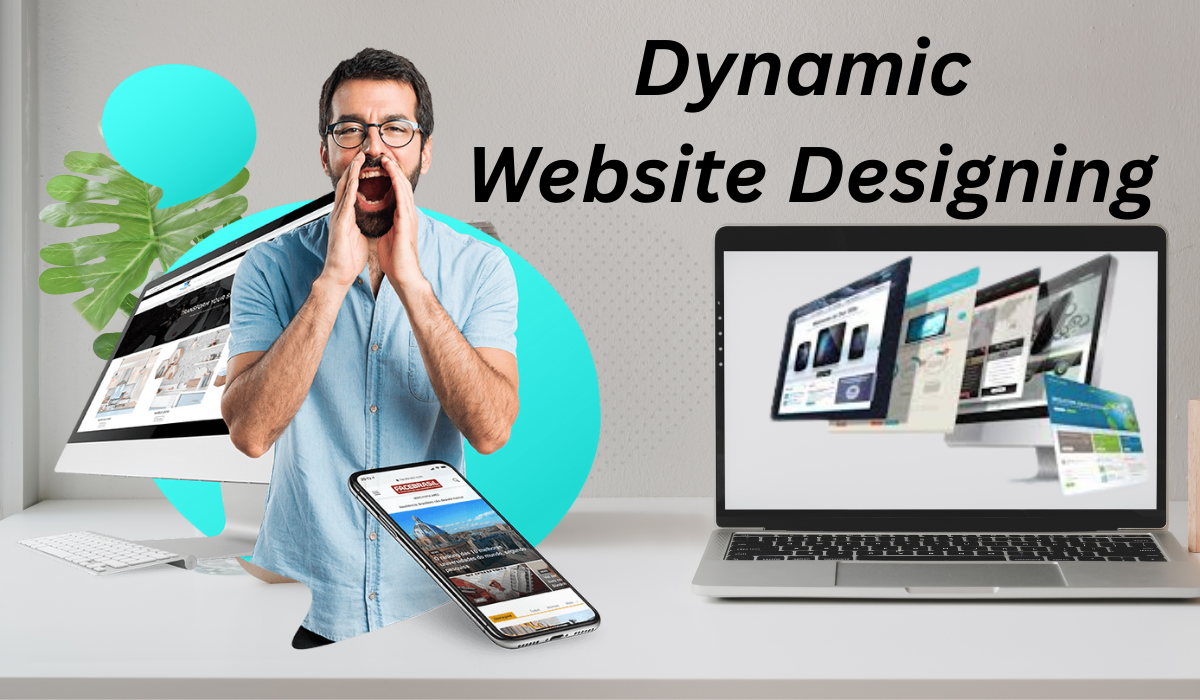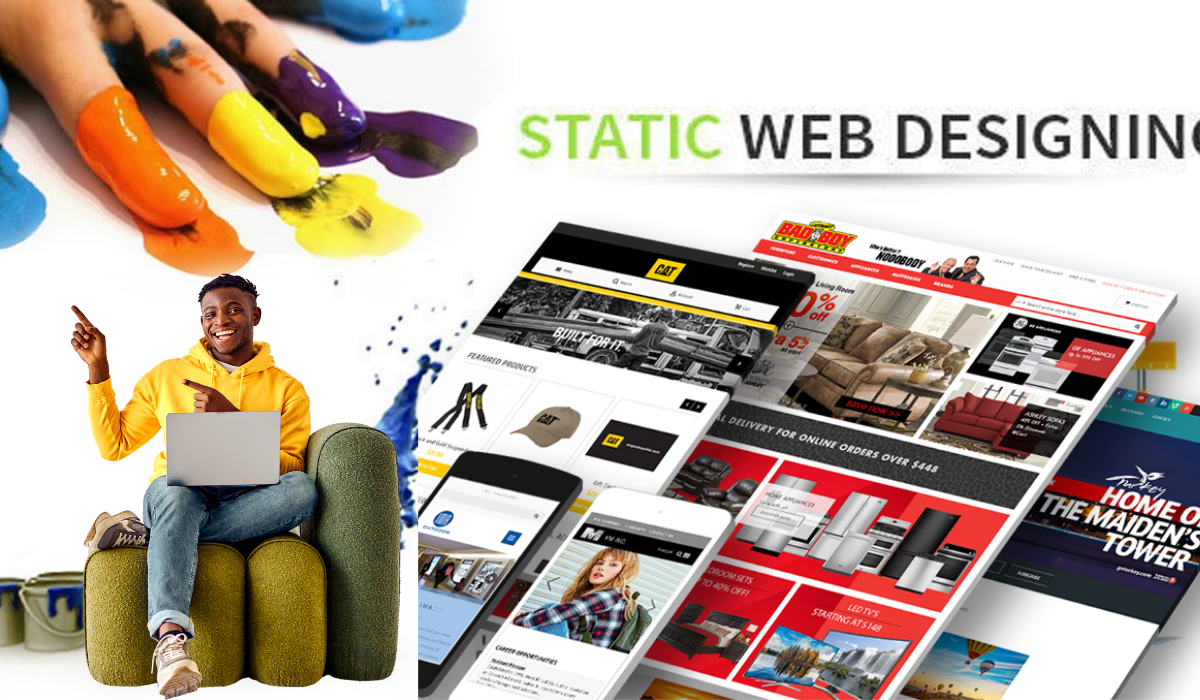
AI-Powered Personalization in Web Design
How Artificial Intelligence Is Transforming User Experience and Brand Engagement
1. The Evolution of Web Design: From Static Pages to Intelligent Experiences
For decades, web design was primarily about aesthetics—choosing colors, layouts, and typography to make a website visually appealing. However, as the digital landscape evolved, user expectations began to shift. Today’s audiences expect not just beauty but relevance, speed, and interactivity.
This shift has led to the rise of AI-powered personalization, a revolutionary approach where artificial intelligence analyzes user data and adapts the website’s content, design, and structure in real time. Unlike static pages, AI-driven websites understand who the user is, what they need, and how best to serve them.
For example, if a visitor lands on an e-commerce site, AI can instantly analyze their browsing history, location, and device type to show them personalized product recommendations. This approach doesn’t just improve user satisfaction—it dramatically boosts conversion rates.
In regions like Ghaziabad, businesses are beginning to recognize the importance of personalization in building brand awareness. With growing competition, simply having a professional website is not enough; companies need AI-driven web design to differentiate themselves and connect deeply with their audiences.
2. Understanding AI-Powered Personalization in Web Design
What It Means and Why It Matters
AI-powered personalization in web design is about tailoring digital experiences to meet the unique needs of each visitor. Instead of presenting a “one-size-fits-all” website, businesses can use data-driven insights to display content that feels relevant and personal.
Here’s how it works:
-
Data Collection – AI gathers data such as location, device type, browsing history, and previous interactions.
-
User Segmentation – The data is used to categorize visitors into different personas (e.g., returning customers, first-time visitors, or potential leads).
-
Dynamic Content Delivery – Based on the segmentation, AI adjusts the website’s design and content in real time. For instance, a fashion website might highlight men’s clothing for male visitors and women’s fashion for female visitors.
-
Behavioral Predictions – AI doesn’t just react; it predicts. By analyzing patterns, it can anticipate what the user will likely want next and guide them toward it.
The real power of AI in web design lies in its ability to make websites smarter, more intuitive, and more engaging. Personalization not only increases user engagement but also builds trust, which is essential for long-term brand loyalty.
Companies that adopt AI personalization—especially in competitive markets like web design in Ghaziabad—can stand out by offering experiences that feel tailor-made. This not only improves conversions but also strengthens brand awareness through web design in Ghaziabad.
3. Key Benefits of AI-Powered Personalization in Web Design
Why Businesses Can’t Afford to Ignore It
The adoption of AI in web design brings several transformative benefits:
3.1 Enhanced User Experience
Visitors are more likely to engage with a website that feels relevant to their needs. AI ensures that every click leads to content or features aligned with their preferences. For example, Netflix’s recommendation engine shows how personalization can keep users hooked.
3.2 Improved Conversion Rates
Personalized calls-to-action, product suggestions, and landing pages significantly increase the chances of conversion. Instead of navigating through irrelevant content, users are guided directly to what they’re seeking.
3.3 Stronger Customer Loyalty
By consistently delivering personalized experiences, brands foster trust and loyalty. Customers feel understood, which encourages repeat visits and long-term relationships.
3.4 Data-Driven Insights
AI tools don’t just personalize; they also provide actionable insights into user behavior. Businesses can leverage these analytics to refine their web design strategies and make informed decisions.
3.5 Brand Awareness and Differentiation
In crowded markets, personalization acts as a differentiator. For instance, businesses leveraging brand awareness through web design in Ghaziabad can showcase their ability to connect deeply with audiences while setting themselves apart from generic competitors.
4. AI Tools and Techniques Shaping Modern Web Design
Practical Applications You Can Implement
AI-powered personalization in web design is no longer futuristic—it’s happening right now. Here are some popular tools and techniques that businesses are adopting:
-
Chatbots and Virtual Assistants – These provide real-time support, answer questions, and guide users through websites. With natural language processing (NLP), they create conversational and personalized experiences.
-
Predictive Search – AI enhances search functionality by predicting what the user wants even before they finish typing. This reduces friction and increases engagement.
-
Dynamic Content Blocks – Websites can automatically change banners, headlines, or product showcases based on the visitor’s persona.
-
Recommendation Engines – Widely used in e-commerce, these suggest products or services tailored to the user’s browsing and purchase history.
-
A/B Testing with AI – AI speeds up traditional A/B testing by analyzing user behavior in real time and automatically choosing the best-performing design elements.
In places like Ghaziabad, adopting these AI-powered features into web design allows businesses to not only improve usability but also position themselves as modern, innovative brands. This contributes to stronger brand awareness through web design in Ghaziabad, ensuring that local companies remain competitive.
5. Future of Web Design with AI-Powered Personalization
Where Innovation Meets User-Centric Design
The future of web design is inseparable from artificial intelligence. As technology advances, we can expect even deeper personalization, with websites becoming fully adaptive digital platforms. Some future trends include:
-
Emotion Recognition – Websites that can analyze facial expressions or tone of voice to deliver content that resonates emotionally with users.
-
Voice-Driven Experiences – With smart assistants like Alexa and Siri, voice-based navigation and personalization will become integral to web design.
-
Hyper-Personalized Marketing – AI will integrate more closely with CRM systems to provide real-time, individualized promotions and experiences.
-
Augmented Reality (AR) and Virtual Reality (VR) – These technologies, when combined with AI, will create immersive and personalized user experiences in sectors like retail, real estate, and education.
-
Ethical and Transparent AI – As AI becomes more powerful, businesses must prioritize transparency and ethical use of data to maintain user trust.
For businesses in Ghaziabad and beyond, the future presents an incredible opportunity. By embracing AI-powered personalization in web design, they can deliver cutting-edge user experiences while strengthening their competitive advantage.
Conclusion: Why Businesses Must Embrace AI in Web Design
AI-powered personalization is not just a trend—it’s the future of web design. By delivering relevant, intuitive, and adaptive user experiences, businesses can enhance engagement, drive conversions, and foster long-term loyalty.
In regions like Ghaziabad, where competition is growing rapidly, companies that prioritize brand awareness through web design in Ghaziabad will have a significant edge. Personalized websites don’t just look good—they build lasting relationships with users.
As we move forward, the integration of AI in web design will redefine how businesses interact with audiences, making personalization a cornerstone of digital success.








